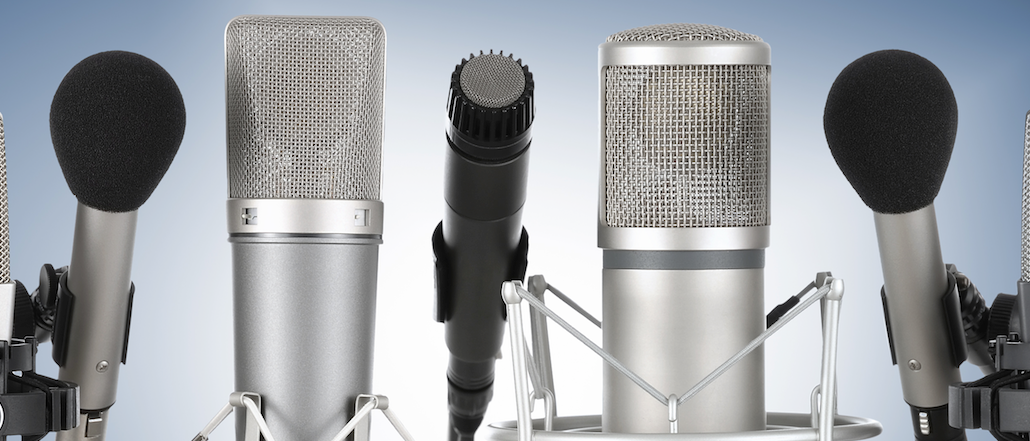Nine passes left to attend the Digiday Publishing Summit

Last weekend, more than a thousand podcasters converged in Fort Worth to discuss business of podcasting at the Podcast Movement 2015 conference. The event featured a variety of marquee speakers, including “Serial” host Sarah Koenig, Marc Maron of “WTF,” and Roman Mars of “99% Invisible.”
If there was one common theme in their keynotes, it was that no one should get into podcasting to make money. And yet, also on hand were attendees who do just that: representatives from a variety of podcasting companies, including Panoply, Midroll Media, Gimlet Media, WNYC and Buzzfeed. Aside from the lofty ideals of the keynotes, other panelists gave presentations on podcast monetization methods and the best ways to find advertisers.
The tension at the intersection of art and commerce is hardly new, but podcasts can present an extra challenge: podcasts are largely monetized through so-called native advertising, when the show’s host gives a shoutout to the sponsor. This increased interest in podcast monetization, according to a recent report in The New York Times, “has led to a clash between those coming from public radio and those with a commercial radio background, with some expressing concern that journalists, who rely on trust, are using their position of confidence to push products.”
In print, sponsored or native ad content can be clearly labeled as such. One of the unique challenges of audio is that the “live read” ad method can sound like an endorsement. The concern that it will somehow break down the level of trust listeners have for the host came up frequently at the conference. For example, Benjamen Walker, the host of Radiotopia’s history podcast “Theory of Everything,” usually reads an ad about the mattress company Casper. At first, it was a basic scripted live read, just like all other shows that Casper has sponsored. However, as time went on, Walker began to talk on the show about how he enjoyed Casper’s products. This led some people to worry about whether Casper’s endorsement of the show affected Walker’s judgment of the mattress.
The practice of running ad segments in the form of interviews with sponsor has also raised eyebrows — especially on journalism-focused podcasts. The most notable case of this was when a reporter from the podcast startup Gimlet Media talked to a young 9-year-old about his Minecraft-centered website in 2014 without telling the child’s mother that the conversation would be used in an advertisement for SquareSpace. When the child’s mother protested on Twitter, Blumberg called the mother immediately and apologized for his error. He also dedicated an episode of his business podcast “Startup” to the incident.
It is just this transparency that most podcasters believe is required in order to pay for what they do. Gimlet cofounder Matt Lieber said that they’re constantly striving to be open about the nature of their advertising. Gimlet Media, he told Digiday, “is completely transparent about what’s an editorial and what’s an advertisement. An advertisement has no influence on our editorial.”
However, some still worry that this kind of situation still leaves the door open for a variety of ethical quandaries. Nicholas Quah, who writes the podcast industry newsletter Hot Pod, argues that Gimlet “is going to keep hitting this ethical wall until they’re able to raise a full, standalone department that focuses only on producing those engaging ads.”
More in Media

Substack creators attribute their boost in subscribers to the platform’s community tools
Substack’s ongoing efforts to win over creators by becoming a community platform are winning over writers who value being part of a vibrant creative community.

Media Briefing: Here are the hurdles to Perplexity’s pitch as the publisher-friendly LLM
Publishers are cautiously optimistic about Perplexity’s new revenue share model, but remain concerned about issues of adoption, payment terms and transparency.

How Gabriella Gomez built a six-figure career on TikTok Live without signing sponsorship deals
Top U.S. TikTok Live star Gabriella Gomez has made livestreaming on TikTok into a lucrative career — without relying on brand partnerships.





